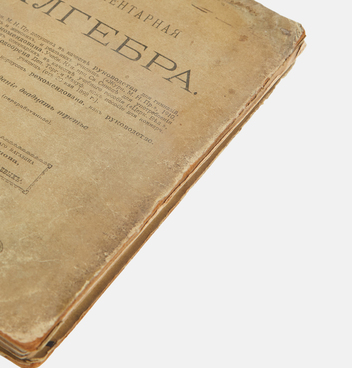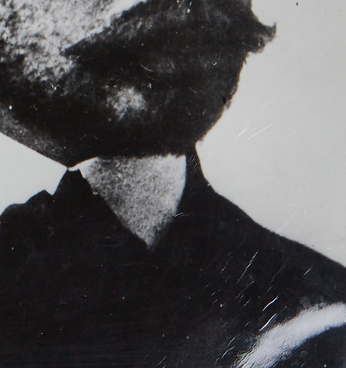The Rusanov House Museum presents a badge of the Oryol police.
In pre-Petrine times, local incidents were dealt with by the community, which decided for itself how to punish the guilty. For this purpose, it elected elders and local officials (“tselovalniki”), who also monitored financial transactions and suspicious deals. The mayor had the authority to command watchmen who were responsible for peace on the city streets. The watchmen also ensured compliance with fire safety rules. Robbers, murderers, and other villains were dealt with by the Robbery department.
Under Peter I, the old system temporarily remained the same. As the system of governorates was introduced, commanders or governors, depending on the region, were responsible for law and order. Minor offenses were dealt with by local elders and assemblies; officers were often brought in to investigate more serious incidents — during the investigation period such officers were called detectives. Soldiers were traditionally involved in “special operations.” The army remained one of the main personnel sources for the police. In 1718, the police chief general of St. Petersburg was to control the work of the police office and patrollers. In 1721, a similar system was introduced in Moscow, only it was headed by the chief of police. The police were poorly funded, there were not enough people, and there was not enough ammunition. In some cities, the commandant was responsible for security, in others — the chief of police who was second in command to the commandant. For a long time, the rules varied depending on the region.
The predecessors of the criminal investigation department appeared in 1729. In St. Petersburg, it was the Search Expedition, and the Detective Department, which had existed in the 17th century, was revived in Moscow. To begin with, officials sorted out and studied the reports and petitions they received. The information about the crime was called a “nakaz”. Further investigative actions (called “doyezd”) were carried out by the clerk and his assistants — witnesses. Next, the suspects were arrested and often tortured so that they would tell in detail what exactly they had done (and sometimes not done, but “interrogation with bias” helped them “remember”). Elders, guards (one guard chosen from 10 households) and watchmen helped to ensure local order. The watchmen usually took turns on duty, much like Soviet voluntary vigilantes.
The reform of the empire’s law enforcement system
carried out in the second half of the 19th century led to the formation
of a new police structure.


